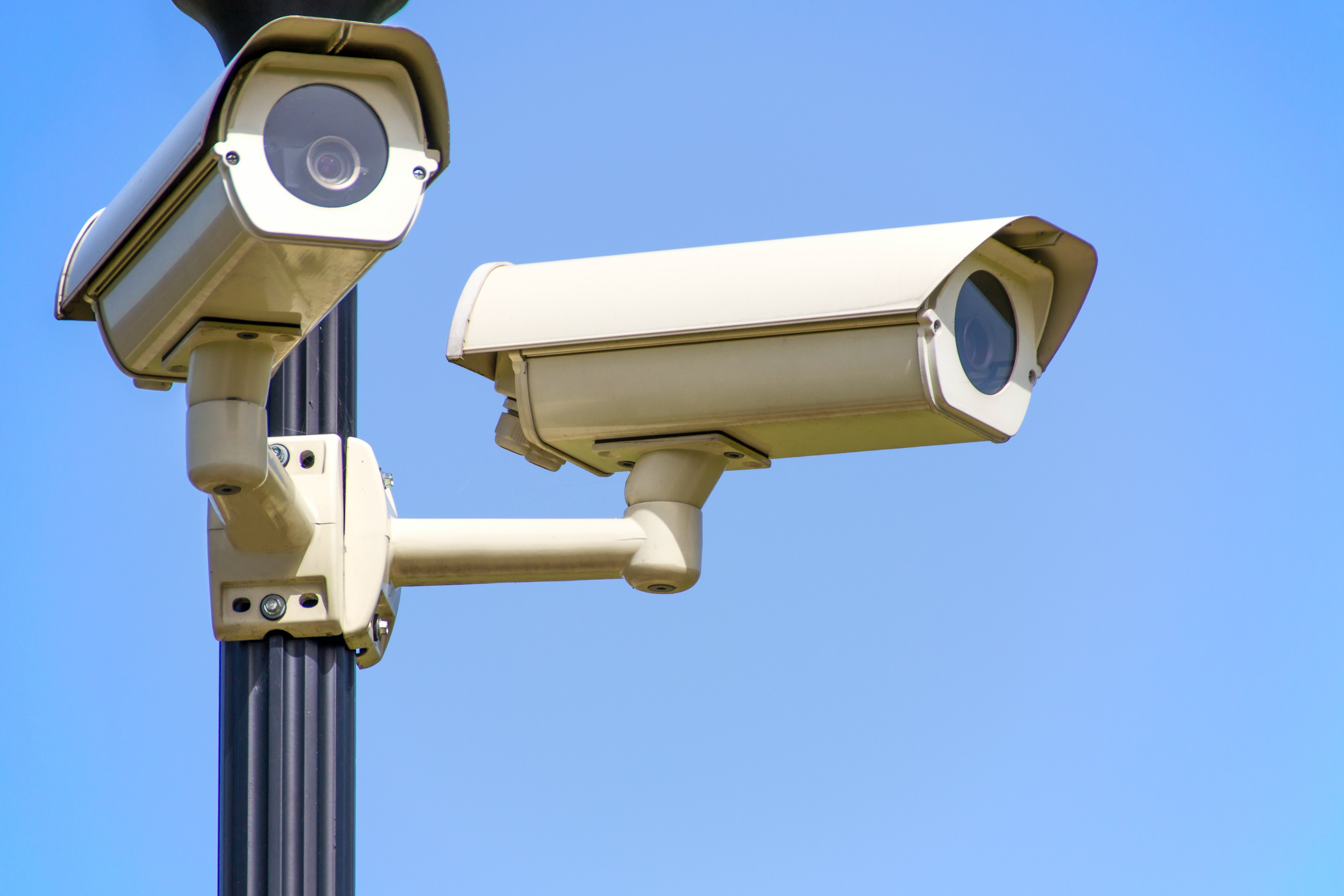IZZIE INZINNA
Special to The Leader

Photo by PhotoMIX Company | Provided by Pexels
The blue light system has become a beacon of safety across many SUNY campuses, or at least, that’s how it seems to administrators. Many students have a very different view of the blue light system compared to administrators.
One student was very honest with their thoughts on the blue light system. Dan Granados, a sophomore majoring in audio and radio production, shared his thoughts on the blue light system.
Granados said, “If we break it down, you’re pressing a button that notifies [the] police, that’s it.” He added, “There’s nothing to protect you from an attacker, or give any medical attention.”
When talking to students about the system, many seemed skeptical. The rest seem as though they don’t know too much about how the blue light system works.
The blue lights are stationed all around campus. According to University Police Chief Brent Isaacson, “There are 200 emergency phones on campus, more than 40 of them being blue light phones.”
When the button on the emergency system is pressed, University Police (UP), are notified which specific blue light button was pressed.
The officers then locate the camera closest to the prospective blue light.
“Our video security system has about 300 cameras, and when [one of] the emergency phone[s] is activated, we slow [down] the closest camera to see what’s happening.” UP officers can then assess the situation and help an individual in under two minutes.
Aside from the well-known blue light system, there are some lesser-known security systems in place on Fredonia’s campus.
There are emergency phones outside of every dorm hall. It is a simple box with a big red “EMERGENCY” button on it. This allows students to call for help from UP and verbalize what issue they are experiencing to an officer.
One less-popular system among students is the RAVE Guardian app. Isaacson said that it seems most students don’t want the app since they feel it is a breach of privacy. In response to this worry, Isaacson said, “Most students think the RAVE app lets UP track your location [without your consent], however, your location is only shared once you press the button.”
Upon doing some further research on the fredonia.edu safety page, the RAVE Guardian app works like this:
Students set up an account on the app, adding information such as name, campus address, important medical information and other details. Students can add family, friends and roommates to the app. One person can be appointed as a “Guardian” and said “Guardians” can be messaged through the app.
One feature that is detailed on the website is the app’s safety timer. According to the website, “In the event [of a situation where] a student feels unsafe, they can set a timer with their current location, indicating where they are traveling to and when they should arrive. If they do not make it there and deactivate the timer, your designated guardian(s) will be alerted immediately.” The student has to disarm the timer. Overall, students have a few different safety blankets here on campus. Although some students seem skeptical, it seems as though the lack of trust in the system may be rooted in a lack of knowledge. If students were better educated on the resources available, they might put more trust in the safety measures and systems on campus.
